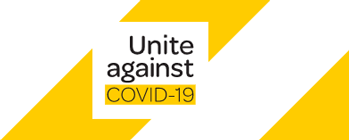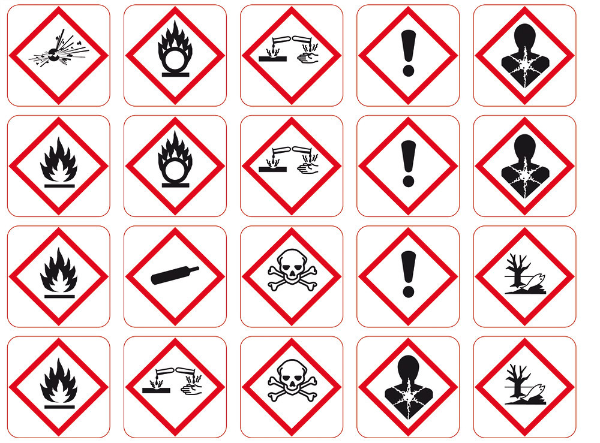What you need to know about
COVID-19 | Click here

What you need to know about
COVID-19 | Click here


Monday May 31, 2021 16:00
If you are one of the thousands of Kiwi businesses that works with hazardous substances, keeping your people safe has just become a whole lot simpler.
On 30 April 2021, the hazard classification system HSNO was replaced by GHS 7, the Globally Harmonised System of Classification and Labelling of Chemicals.
Created by the United Nations, GHS is an internationally agreed system that hopes to eventually supersede the diverse classification and labelling standards used in different countries.
Implemented by New Zealand’s Environmental Protection Agency (EPA), the new system better aligns New Zealand with its global trading partners (including Australia), and even more importantly, improve workplace safety.
This example shows the HSNO symbol for flammable liquid.

Meanwhile, below is the GHS version for the same substance. Not only does it clearly show it’s a flammable liquid, but it also immediately lets people know it is ecotoxic and a health hazard.

That’s good news for everyone from nail technicians, school caretakers and swimming pool maintenance people right through to those working in the most highly hazardous sectors.
Under Regulation 9 of the Health and Safety at Work (General Risk and Workplace Management) Regulation 2016, employers are duty-bound to ensure that all their workers have the new hazardous substances information, supervision, and training relevant to their roles.
GHS breaks hazardous substances down into three main categories – environmental, physical and health. Hazards are communicated on labels and safety data sheets, and include information about the safe way to store, use and dispose of chemicals.
In the long-term it is hoped the GHS will help boost people’s knowledge of the chronic health hazards of chemicals, and ultimately aid in the elimination or replacement of such substances.
Employers will need to upskill their teams to an appropriate level in order to comply (EPA has assured businesses there will be a grace period to give everyone time to complete any necessary training).
Importers and manufacturers will also need to ensure that their products meet the requirements of the EPA notices for labelling.
With the impact of Covid 19, 2020 was a year we would not wish to repeat. Unfortunately, it was also a bad year for accidents and work-related health issues, with deaths and serious injuries occurring in the workplace back at levels that were last seen over 5 years ago.
This will be a major concern and all industries, Government agencies and the Regulator – WorkSafe NZ, will be focused on reducing harm in the workplace.
What this will mean is unclear at this time, but it is likely that workplace inspections will increase, and industries deemed to be at significant risk will be targeted.
Going forward it will be prudent for Securo clients to ensure that their health and safety systems are in place, fit for purpose and are effective in minimising risk of harm.
This can best be achieved by regular visits from your Securo consultant, and with their guidance, assessing current practices and taking corrective and preventative actions where necessary.
Should you require an immediate visit or have concerns, please advise your consultant and/or contact the Securo head office on 0800 55 33 44 to arrange prompt attention.
Image credit: Carlroth.com